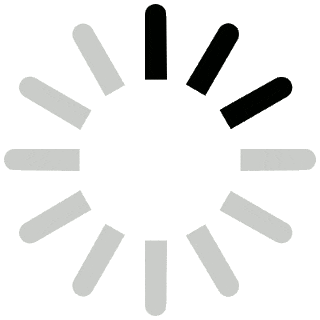Find Your Ideal Cannabis Dose

There is no ideal cannabis dose. There is no right or correct one. What works for you depends on so many factors, there’s no saying what’s a good dose.
This is partly the result of so little viable research. No matter what you think about Big Pharma, they can’t bring anything to market that they have not run extensive tests. Among their objectives is to identify the right dosage for specific conditions as well as the potential for negative interaction with other drugs. Cannabis producers have not been held to such standards.
They have not been required to test for ingredients, content, and THC: CBD ratio. But, as states legalize sales, transport, and use of medical and recreational use cannabis, the respective states are developing some processing and labeling standards. That’s a positive quality control measure!
Standardized labeling and your ideal cannabis dose
Standardized labeling will confirm the contents and identify the dose. But, that does not make it the dose you need or want. No one has studied what dose is good for what ailment or which dose produces what high. Moreover, no one has figured out which dose is best for 18 to 24-year-olds, for obese males, or for diabetic females in their 40s.
- Medical use does not require a psychoactive high. That does not mean you eliminate it. It’s just that the THC and the CBD trigger different therapies. You need the balance that will give you what you want.
- Strains, oils, extracts, and edibles high in CBD will do no harm. But, there’s no evidence that high doses of CBD have any more effect than small doses.
- Overall, most people tolerate microdosing with CBD and 2.5 mg THC without a negative psychoactive high. As you become comfortable with the dose, you can add THC in small increments to a 15mg maximum.
- THC at 20 to 30 mg per day may have unwelcome psychoactive effects. So, sticking with CBD-rich stains or derivatives and adding small increases in THC will titrate toward your best option.
Titrating will get you there.
Titrating, taking small steps at a time, is commonly used in healthcare because patients respond to some medications differently. For example, a nurse will start an infusion treatment at one level, increase the input later, and then reduce it to wean you off the therapy.
Or, the nurse might increase the medication flow and watch the patient response. The titration will show the nurse your tolerance level. This can be especially important with high-risk meds or those that produce negative side-effects.
Titration seeks to optimize your experience, so cannabis users can follow the same strategy. And, in cannabis consumption, you have three metrics to consider:
- THC-dominant strains produce the psychoactive events many users are looking for. The higher the THC content, the lower the CBD calming and medicinal benefits.
- Hybrid strains contain a balance of THC and CBD. Depending on the ratio, the CBD will offset or modulate the THC high.
- CBD-dominant cannabis increases the medicinal benefits at the cost of the THC experience.
So, your experience depends on the product path you choose.
Microdosing is a twist on titrating.
Microdosing asks you to start small. If you are smoking, you should start with one puff. Then, study your response understanding that the effect may not be immediate. If you’re trying edibles, you take just a tiny bite understanding that edibles are slow to take effect.
You then measure the effects after an hour or so. You can rate the effects in terms of your goals:
- Did the cannabis reach the psychoactive high you were after?
- Did it reduce your pain or affect other medical conditions?
- Did it produce a totally negative experience in panic and paranoia?
Then, you resume dosing, increase or decrease the dosing, or choose a different strain.
Getting specific advice
- If you are looking for a good but comfortable psychoactive high, ProjectCBD recommends: “On days 1 and 2, start with one dose of the equivalent of 2.5 mg THC; on days 3 and 4, increase to 2.5 mg THC twice a day; and, if well tolerated, up the dose incrementally to a total of 15 mg THC (divided equally throughout the day).”
- If you choose a balanced strain, you should watch the ratio. The perfect balance is 1 to 1 THC to CBD. As the ratio shifts to one side or the other, your experience will vary. Knowing that, you can fine-tune your outcome. So, the ideal dose varies with several factors including your gender, weight, and height.
- CBD-dominant cannabis produces therapeutic effects. Full-spectrum CBD focuses on medical problems. And, interestingly, research on lab rats indicates lower doses of CBD have more effect on medical benefits than higher doses.
Find your dosing calculator
If you want to make it simple, you should start with 3 to 7 milligrams. Then, you add up to 5 milligrams in the hour following your first experience. Recognizing that 10mg is the standard dose, you should use it as your benchmark and add milligrams cautiously beyond the 10mg.
You must remember your experience is your own. That is, you shouldn’t try to keep up with others who have already reached their tolerance level. You may get there in time, but it’s smarter to pace yourself.
Finally, you must decide what you want out of your cannabis intake. You get there by judicious use. Cannabis users are aware of their body/brain experience. So, you should use that awareness to test strains, consumption methods, and social environments until you are enjoying the psychoactive and/or medical benefits you want.

